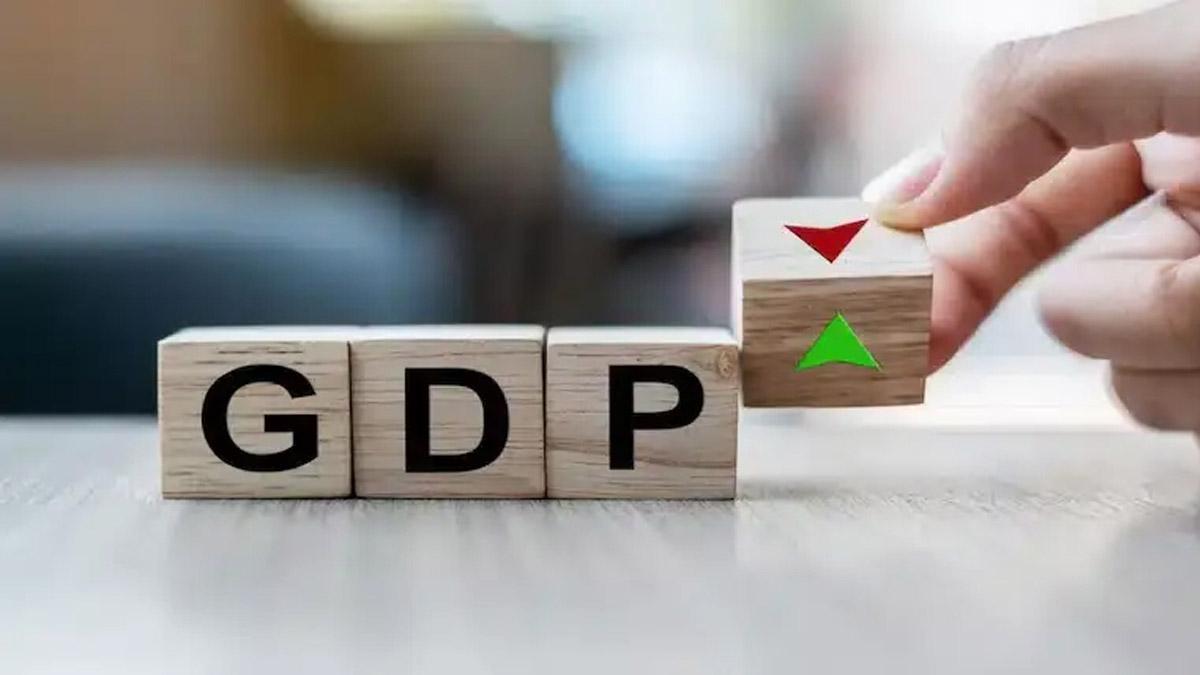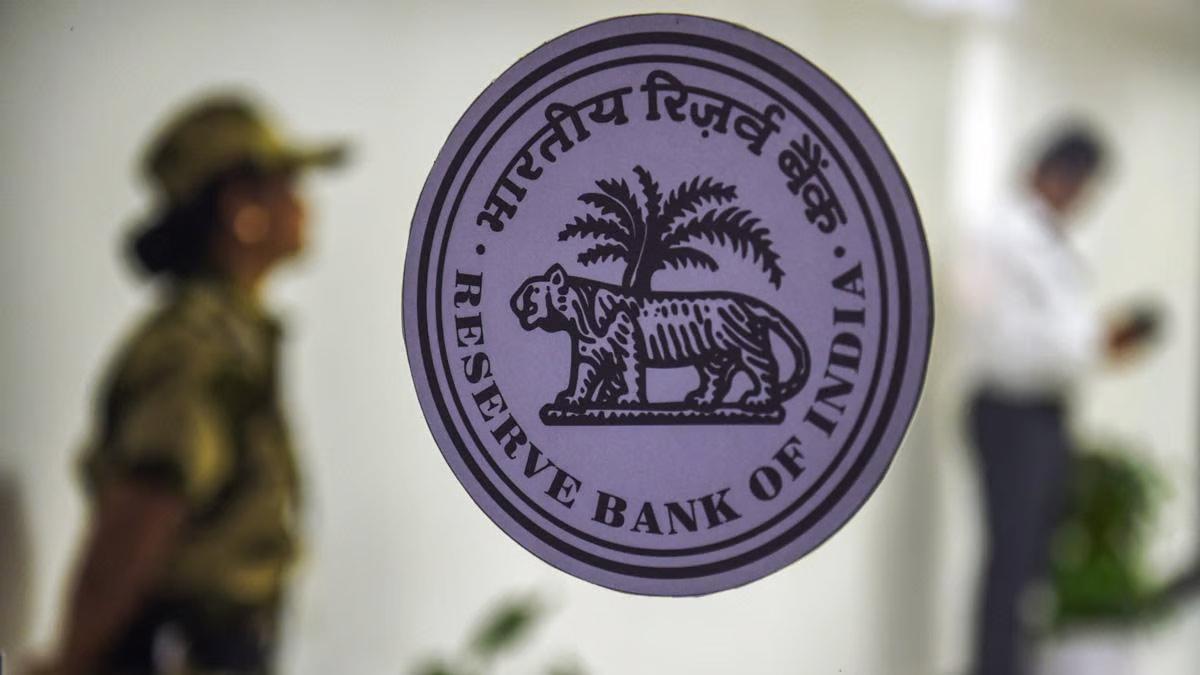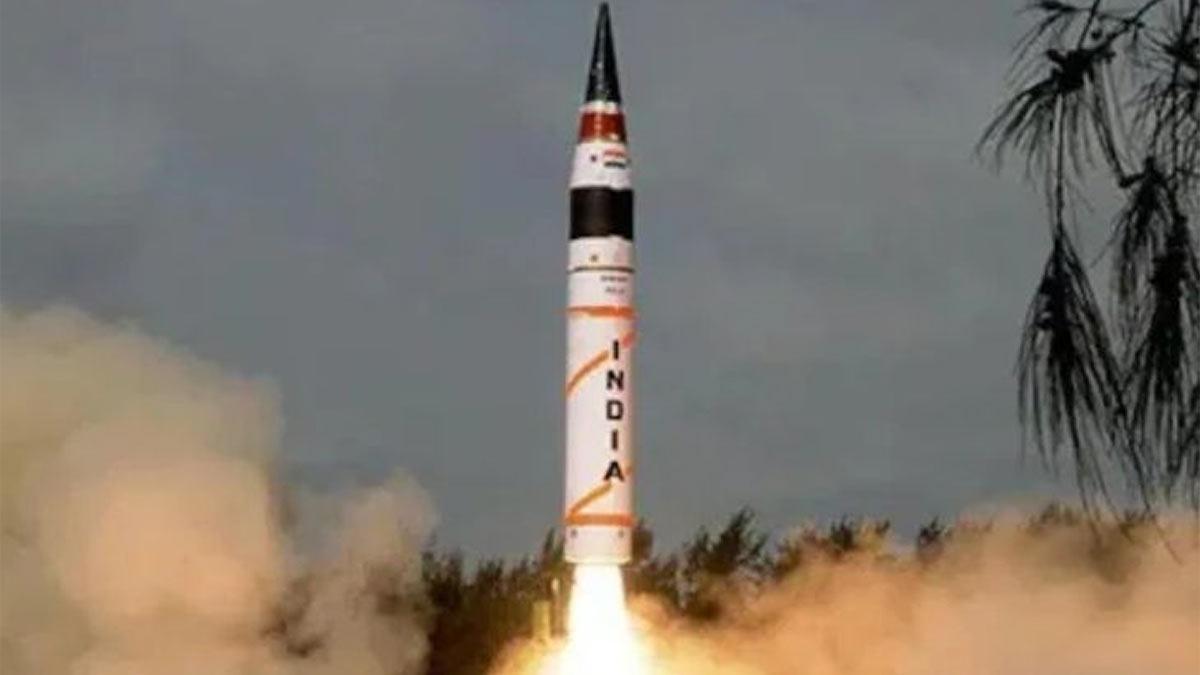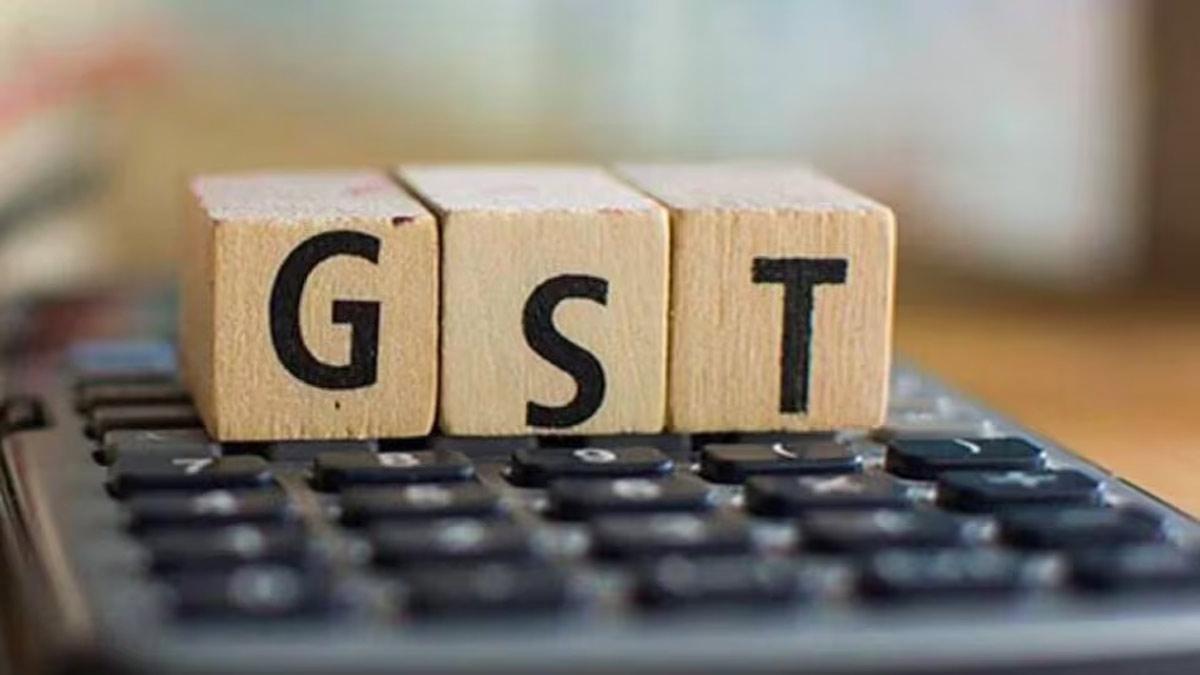An India-US trade deal will take some time but is likely to be completed by fall 2025, a report by Morgan Stanley (NYSE:MS) published on Tuesday said.
While India is at risk from direct tariffs, the global brokerage firm believes that, in general, the country is less exposed to a decline in world goods trade.
This is largely because India has the lowest goods exports-to-GDP ratio in the Asian continent.
The report highlighted that there is still considerable uncertainty over the size of the tariff hike India may experience, as the U.S. administration has not yet fully clarified how retaliatory tariffs will be applied.
Though India is bound to get a trade deal with the U.S., the exercise can be reasonably complicated owing to various bilateral trade issues.
Currently, officials have marked a timeline for Fall (September-November) 2025 for a proposed US-India free trade deal. This is an indication that India will be unable to skip the mutual tariffs that are supposed to go live on April 2nd and may face even more tariff hikes in the interim until the pact is agreed on," the report added.
Moreover, the report highlighted that in accordance with WTO agreements, India cannot reduce tariffs on U.S. imports unilaterally without giving equal benefit to other members of the WTO. The limitation stems from the WTO's most-favoured-nation (MFN) clause, which prohibits nations from offering preferential trade benefits selectively unless they do so under the umbrella of a free trade agreement.
WTO agreements generally exclude discrimination among trading nations. If one country provides a specific trade concession, for instance, lowered customs tariffs, it has to accord the same privilege to all members of the WTO.
Yet there are some exceptions, such as creating a free trade arrangement applicable only to its members, offering developing countries preferential access to markets, or erecting obstacles against unfairly traded products.
Even in such situations, exceptions are allowed subject to certain conditions. Typically, the MFN rule stipulates that any reduction of trade barriers or market opening should apply to all trading partners, regardless of their economic strength or position, the report added.
Based on tariff risk considerations, the report pointed out that India is one of the comparatively more exposed Asian economies to tariffs increases. The reasons are it levies hefty tariff rates for specific imports, it has quite restrictive non-tariff measures, and a substantial trade surplus with the United States.
Additionally, India is reasonably exposed to probable tariffs on drugs. Previous President Donald Trump hinted that he will put tariffs on pharmaceutical goods, which are worth 2.8% of India's entire exports and 0.3% of the country's GDP.
Read also| Cooling Inflation Strengthens Case for Possible RBI Rate Cuts: Report
Read also| India Ranks Second After US in All-Time Funding for Women-Led Tech Startups


















